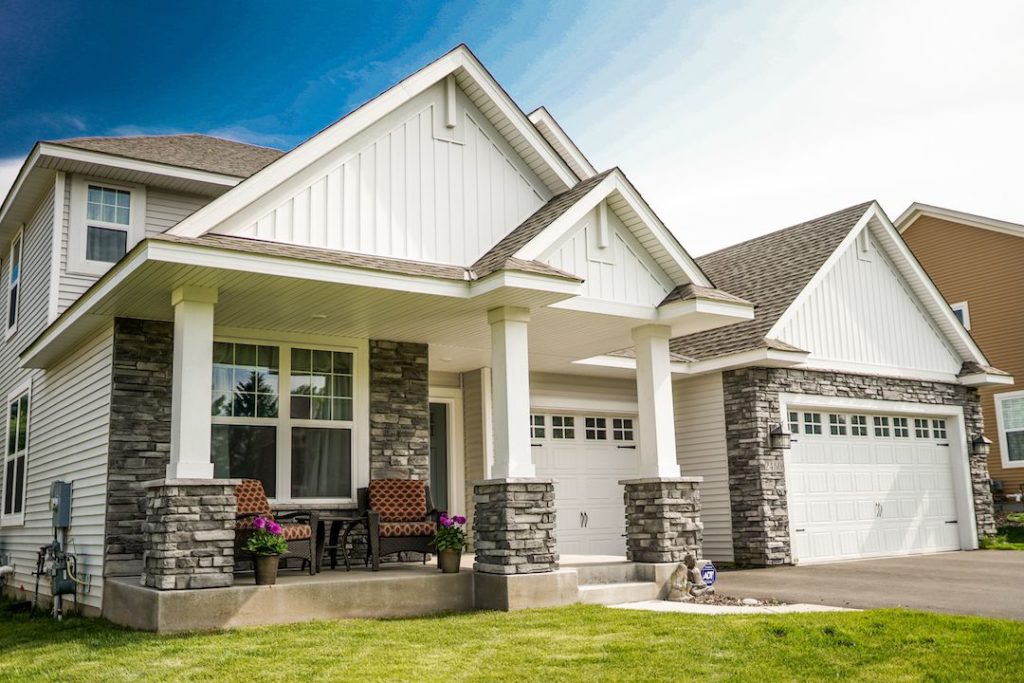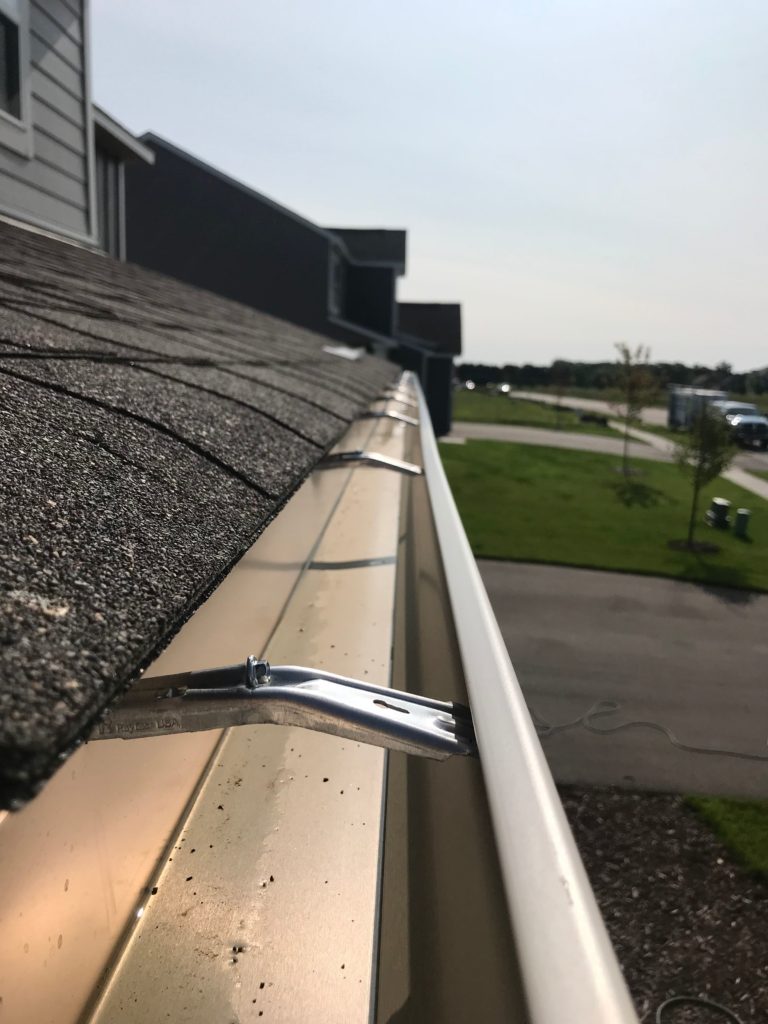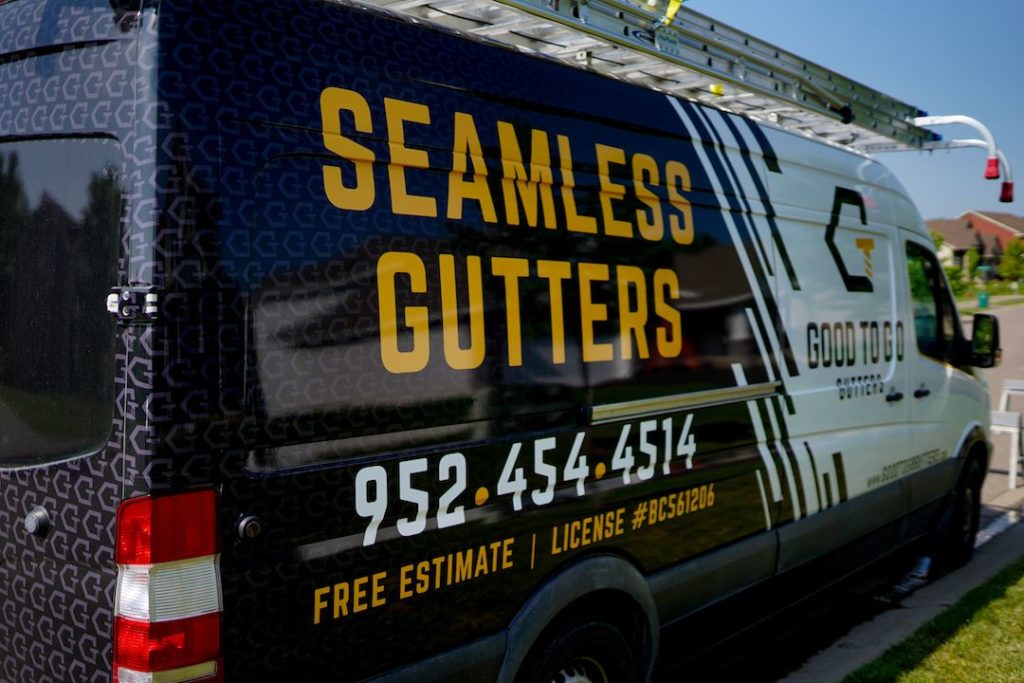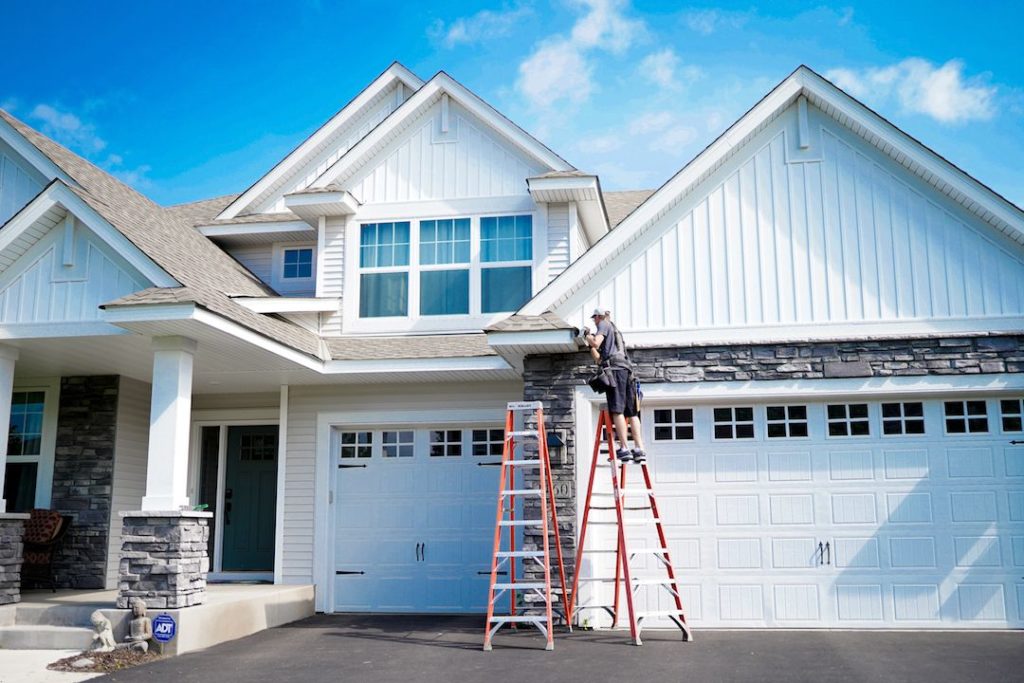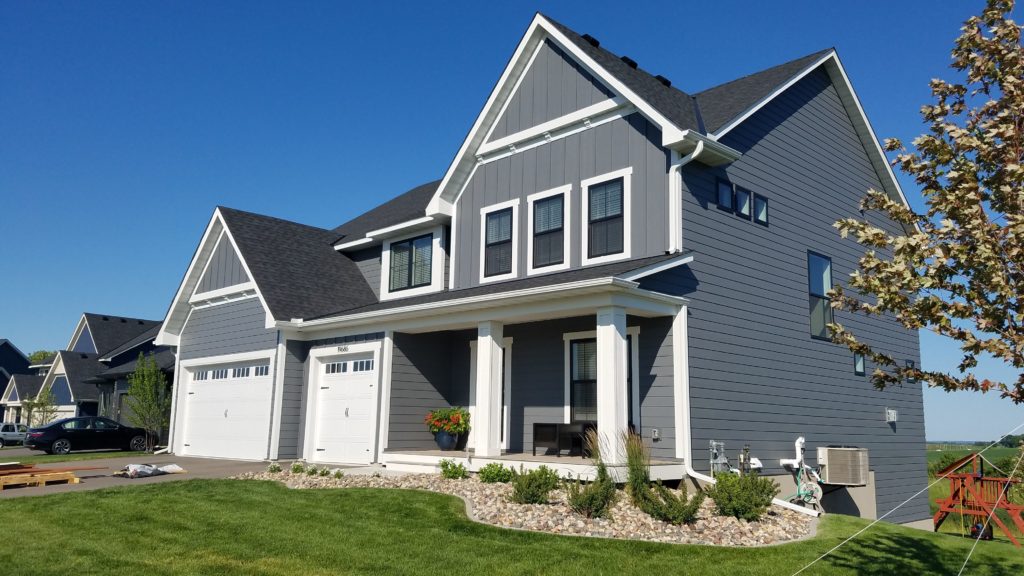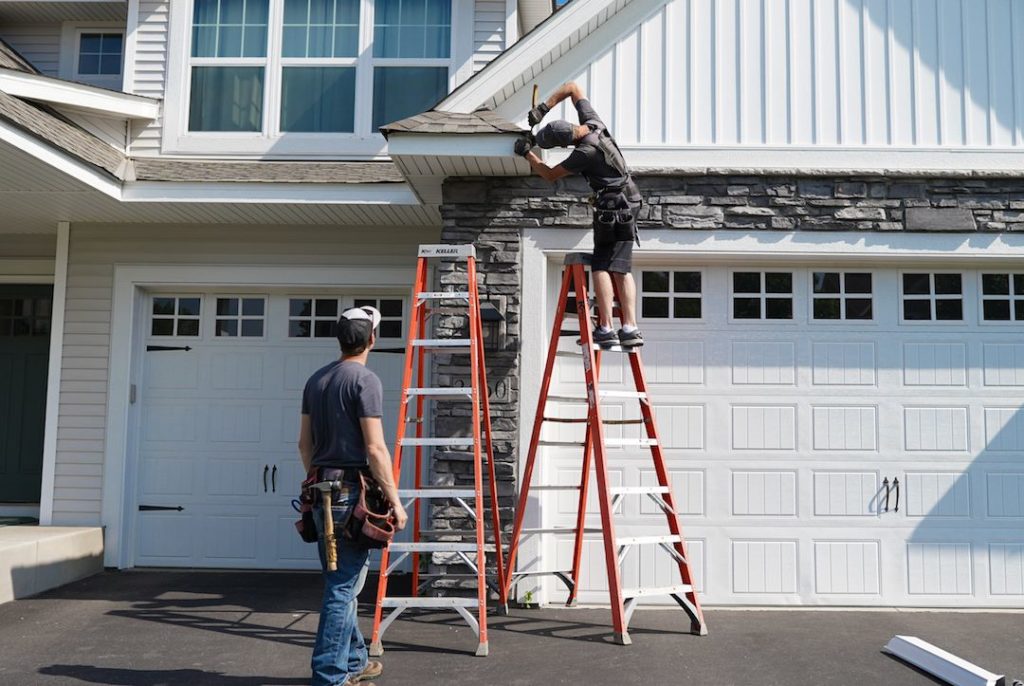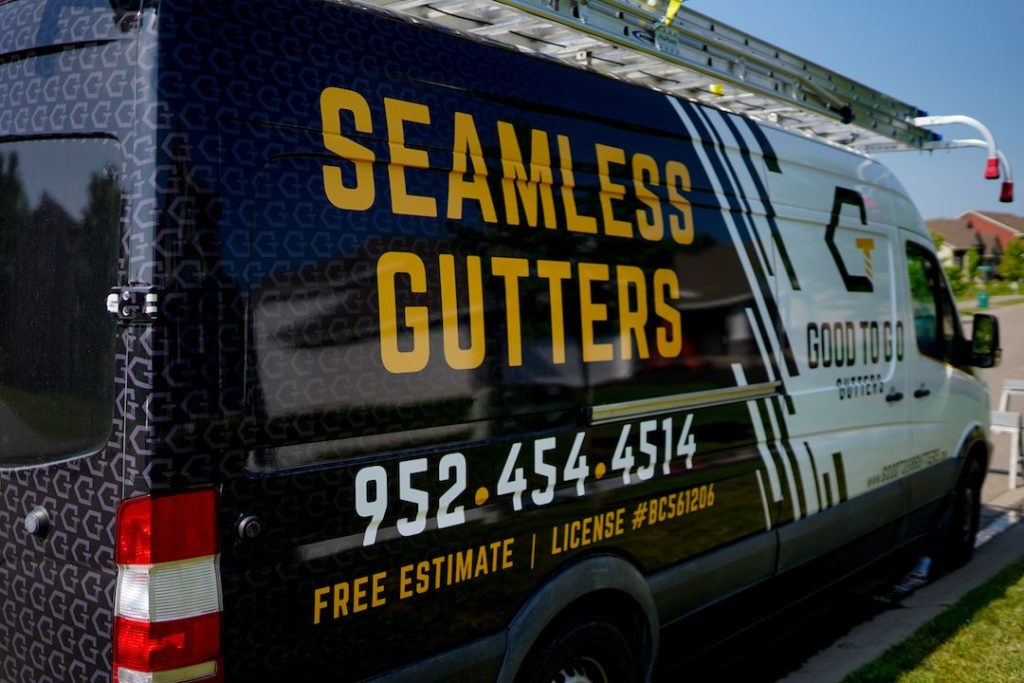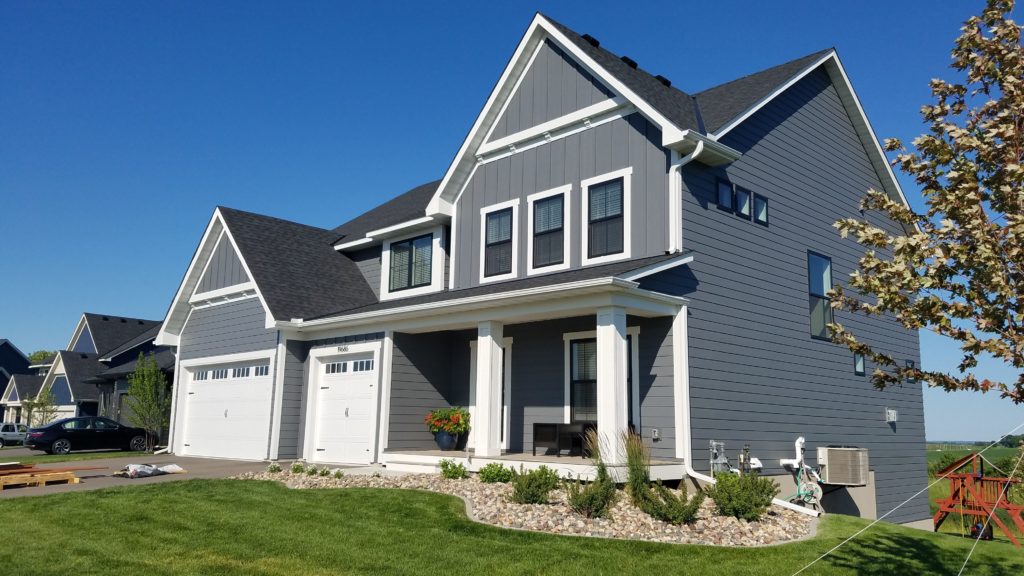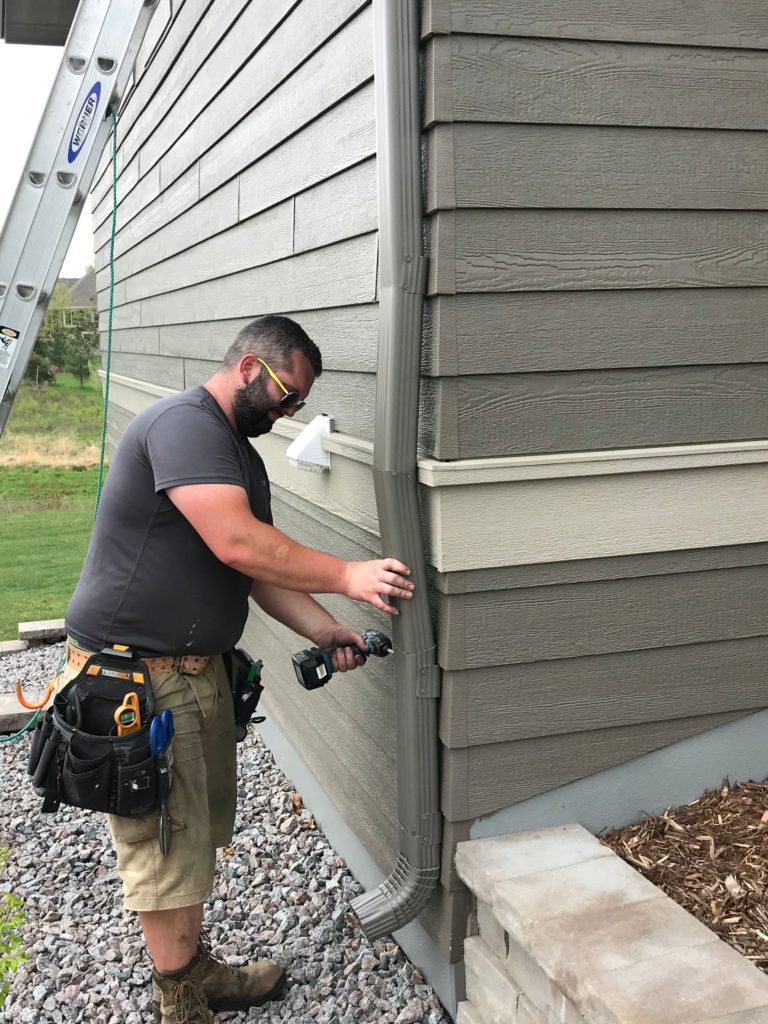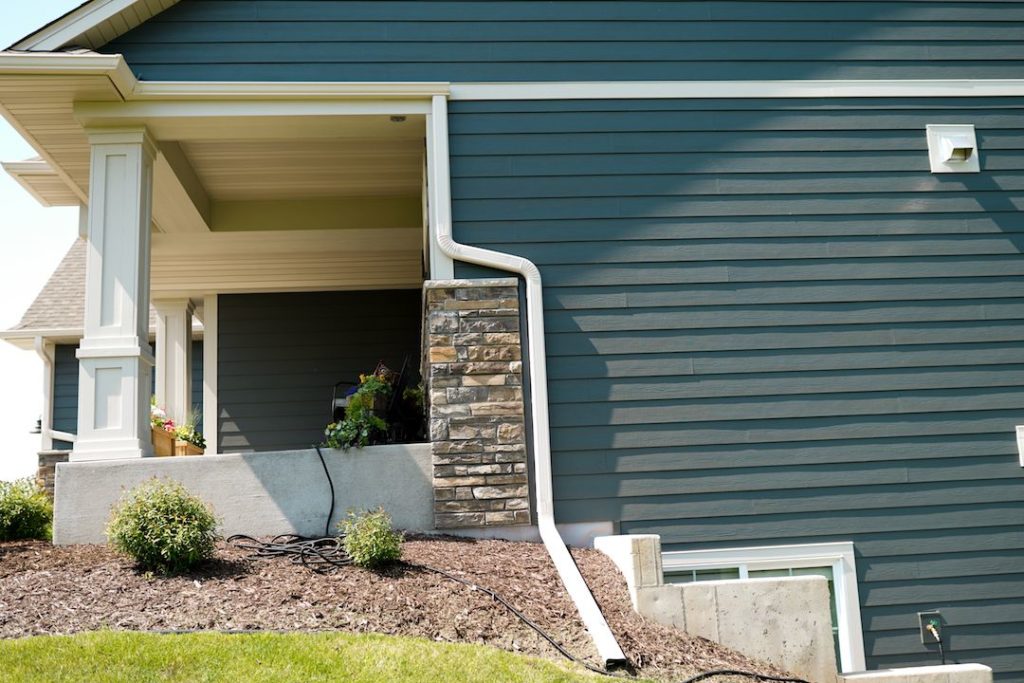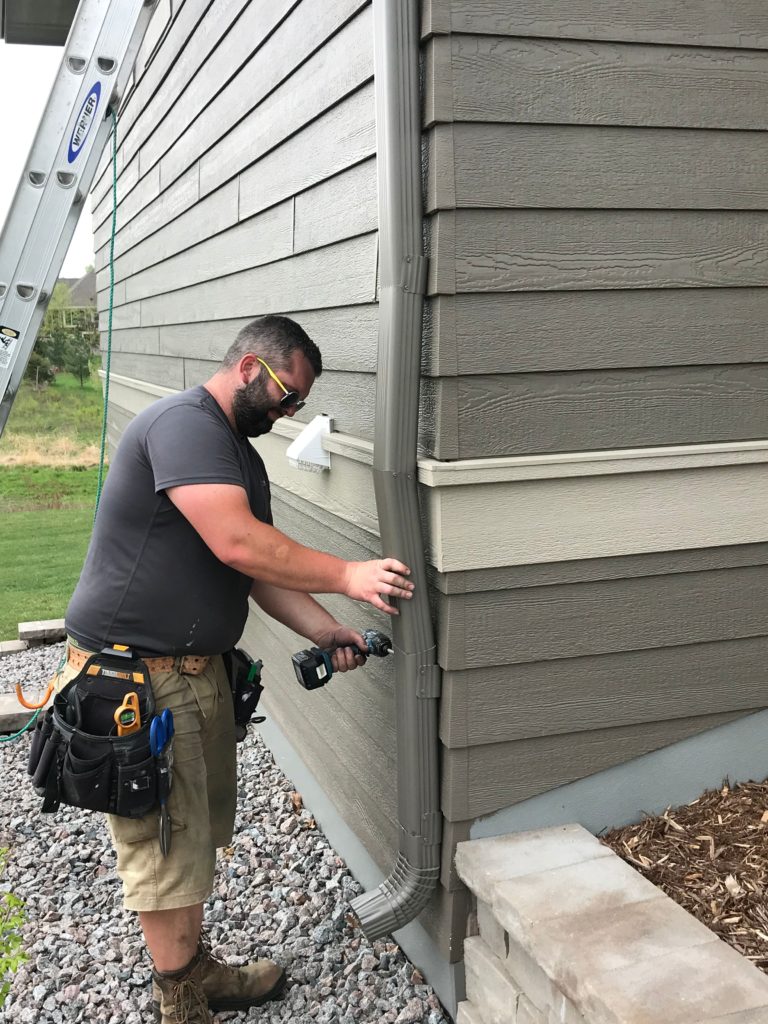Gutter installation can be an expensive project, and it’s tempting to look for ways to cut corners. When it comes to protecting your home and your family, you’re going to want to put in the extra time and money for a quality product that lasts. Gutter guards may seem like one added, unnecessary expense, but they will save you money and time in the long run!

Gutter guards help the gutter do its job
Gutter guards help to prevent your gutters from clogging. If water cannot get through the gutters freely then they will rust. They also increase the longevity of your gutters.
Remember, clogged gutters can lead to damaging your home’s foundation, siding, and basement – among other things. Repairs to your house will be much more expensive than installing gutter guards up front.
Increase the value of your home with gutter guards
Potential buyers will appreciate the extra care you have taken to protect not only the gutters themselves but also your whole home! Buyers won’t have to worry about a flooded basement or water damage to the exterior of the home because the gutter guards kept the water flowing freely through the gutters.
They keep unwanted creatures away
Small critters like mice, birds, and squirrels will build a nest in your gutters if they have access. They might get curious and find a way inside your home too. Leaves and debris cause water to stay in your gutters which is a breeding ground for mosquitos. A leaf screen or gutter guard will keep these pests away from your home.
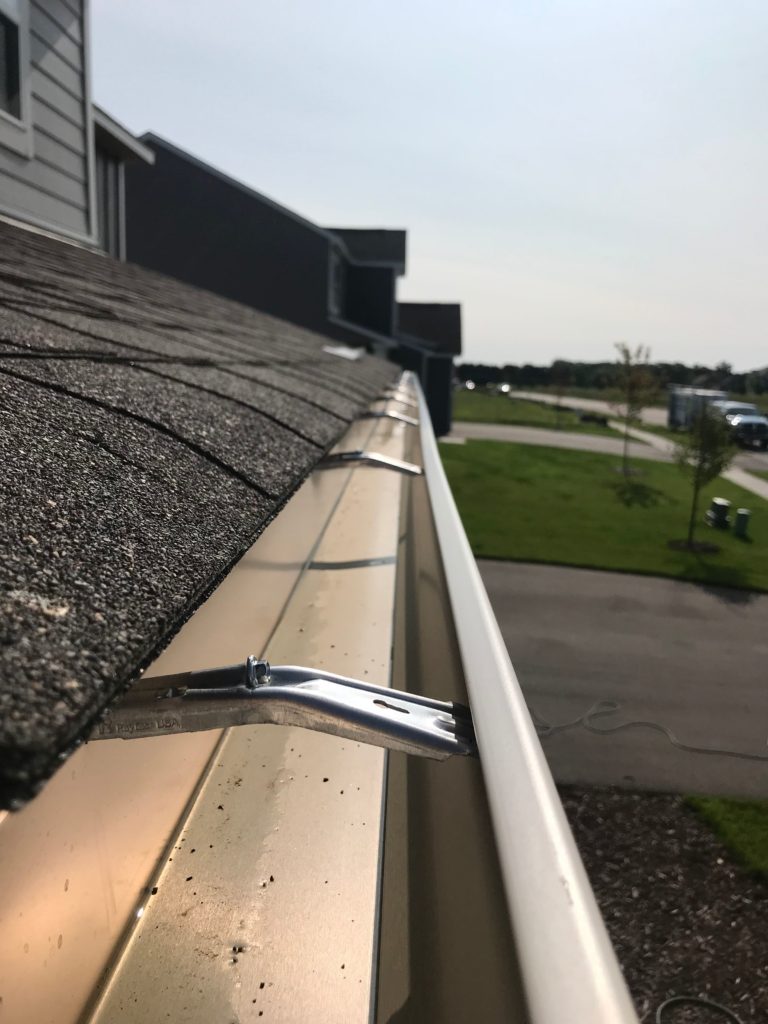
Install gutter guards as a safety measure
Gutter guards keep you from climbing up a ladder to clean out your gutters. Ladders are dangerous and a fall could result in serious injury.
Did you know they also protect your home from fires? Twigs and pine needles that are clogged in your gutters will eventually dry out in the summer sun and turn into a perfect fire starter. Don’t let this happen!

Call Good to Go Gutters today!
We understand, firsthand, the importance of gutters and gutter guards. Good to Go Gutters has been installing gutters in the south metro for over 20 years and we treat every home as if it’s our own. We offer much more than just traditional gutter installation – with custom colors and seamless options, we guarantee you’ll love the way your gutters look and everything they do for you! Give us a call today for your free estimate!

